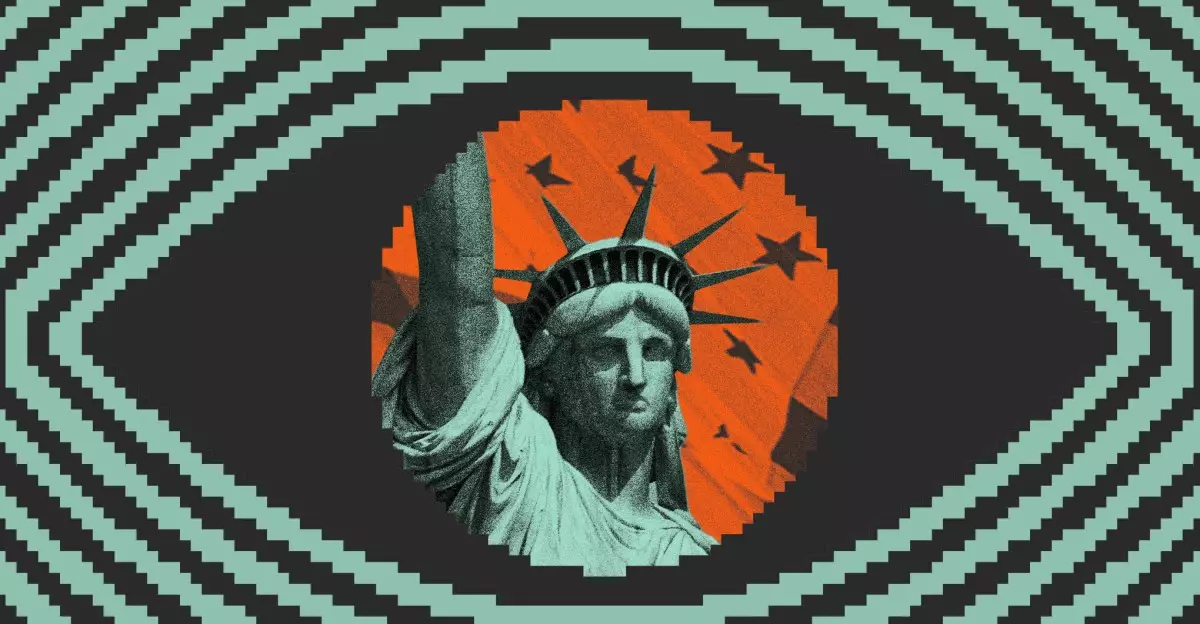Recent developments in urban security highlight a paradigm shift: cities are increasingly leveraging technology to foster safer communities. New York City’s partnership with Citizen exemplifies this trend, promising not only rapid alerts but also a two-way flow of information. The city can send location-specific safety notifications, while authorities and emergency responders gain unprecedented access to the public videos shared by residents. This model aims to create a more responsive and informed urban environment, but it also raises fundamental questions about privacy, oversight, and the ethical boundaries of surveillance.
This initiative signifies a move toward a more integrated approach where mobile apps such as Citizen become central hubs for public safety. Mayor Eric Adams’ announcement underscores a strategy: blend technological innovation with traditional law enforcement to create real-time communication channels. The underlying idea is simple—equip citizens and agencies with tools that foster transparency and rapid response. However, the vibrancy of this vision is marred by the potential for misuse and the deep societal implications of normalized surveillance.
Vigilant Communities or Overreached Authorities?
The partnership’s *dual nature* is where complications emerge. On one hand, it empowers residents with the ability to quickly alert authorities about emergencies, creating a sense of collective responsibility and engagement. Citizens can broadcast live incident footage and share videos, effectively transforming everyday users into community informants. Law enforcement, in turn, has near-instant access to this content, facilitating faster investigations and potentially more effective crime prevention.
Yet, this technological synergy also risks tipping into overreach. Citizen’s platform, by design, makes all posted videos *publicly accessible*, even with user opt-out options. The potential for abuse is palpable; footage gathered from the app can be weaponized or misinterpreted. Chief among concerns is the possibility of privacy violations—residents might find their private moments captured and shared without explicit consent, setting dangerous precedents for public oversight. Furthermore, the direct access that law enforcement has to user posts could be exploited without proper checks, fostering an environment where surveillance becomes the default rather than the exception.
Additionally, Citizen’s history of controversy cannot be ignored. The app’s origins as “Vigilante” reveal the thin line it has tread between community safety and vigilantism. Incidents where the platform encouraged users to seek out suspects without official law enforcement guidance cast a long shadow, fueling fear of community paranoia. Though the app now claims to have implemented opt-out features, the core concern remains: how much of our private lives should be publicly monitored and scrutinized in the name of safety?
The Ethical Dilemmas of Real-Time Surveillance
The real-time crime center powered by Axon’s Fusus platform enhances the law enforcement’s capabilities dramatically. By integrating with apps like Citizen and Ring, police agencies can request footage from private security cameras and app users alike, ostensibly to catch criminals faster. But this convenience doesn’t come without substantial moral costs. The potential for surveillance to infringe on civil liberties grows exponentially as communities become mapped by digital eyes.
Moreover, the opt-in or opt-out nature of video sharing reflects a superficial attempt at privacy preservation. In practice, a significant portion of data remain accessible, and the public viewing and downloading options mean that videos can be disseminated beyond their original context, possibly leading to harassment or unwarranted scrutiny. What begins as a tool for community safety can inadvertently morph into a surveillance apparatus that erodes the very freedoms it aims to protect.
The debate is further complicated by the implications of police access. While warrants are a safeguard, the speed of real-time data sharing diminishes the need for prolonged legal processes, potentially circumventing due process. This shift risks normalizing quick access to personal footage in ways that could redefine civil liberties in urban environments. When safety becomes a priority, it’s easy to overlook the deeper concerns of privacy and oversight, but history shows that once these boundaries are crossed, restoring them proves difficult.
Charting a Responsible Path Forward
As technology increasingly intertwines with daily life, communities must critically question the trajectory of such partnerships. The allure of instant safety, real-time alerts, and community involvement is undeniable, but it must not come at the expense of fundamental rights. The challenge lies in crafting policies that both harness the benefits of modern surveillance tools and rigorously protect individual privacy.
Transparency and accountability should be the bedrock of any such program. Citizens must be fully informed of how their data is used, shared, and stored—beyond vague opt-out options—with clear boundaries on law enforcement access. Furthermore, oversight mechanisms need to be strengthened, ensuring that the power granted to authorities remains within ethical and legal limits.
In the dynamic landscape of public safety technology, the conversation should prioritize societal values over mere efficiency. While innovations like the Citizen partnership symbolize progress, they also demand a vigilant stance against potential abuses. Building secure, community-empowered safety systems requires balancing technological capabilities with unwavering respect for personal liberty. Only then can such initiatives truly serve the public interest without jeopardizing the foundations of individual privacy and trust.

